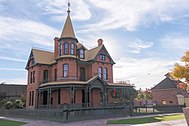Electrician in Prescott Valley
Electrician Prescott Valley
An electrician's average age is 44. This trend is opposite to that of younger generations. They are more likely to be interested in education, and are less likely than others to choose skilled labor careers. Additionally, the average age for a journeyman electrician in today's generation is lower than their grandparents' or parents' generations. But, there is a rising demand for electricians and a decreasing labor force. In the next eight years, the demand is expected to rise by 11.3% for electricians. Residential wiring contractors will see an additional 21 percent increase.
Electrician in Prescott Valley
Electricians Prescott Valley
Before you hire an electrician, make sure to evaluate his or her qualifications, insurance coverage, and credentials. This article will help you choose the right electrician for your task. This article will not replace the service of your local electrician, but it will help to enhance your search. This article will give you some tips on how to hire a part-time, or full-time electrician. It is crucial to follow the rules when hiring a qualified professional. This includes checking for licenses, insurance, and other requirements.
Electrician in Prescott Valley
When you are building a new house or remodeling your current home, you should consider getting a rough-in electrical inspection from an electrician. These inspections are important, since wiring cannot be hidden behind flooring, walls, or ceiling materials. You should also know that there are some additional costs associated with rough-in electrical inspections. Listed below are some of the items to look for in a rough-in electrical inspection.
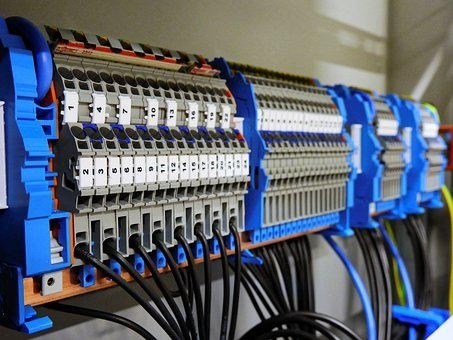
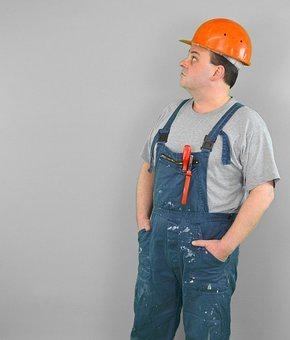
Electricians Prescott Valley
Are you looking for affordable electricians? If you answered yes to any of the previous questions, you may be wondering how much it would cost to hire a professional electrician. The good news is that there are several options available. You can work with a licensed professional from Cummings Electricians. Listed below are some of these options:
Prescott Valley Electrician
Electricians receive ongoing training throughout their careers. Throughout their careers, they must keep abreast of changes in the electrical codes and safety practices. Unlike other fields, electricians don't need a degree. Instead, experience is more important. Many apprentice programs around the country emphasize on-the-job training, which accounts for the high salaries of experienced electricians. You can also benefit from trade school training for part-time electricians.
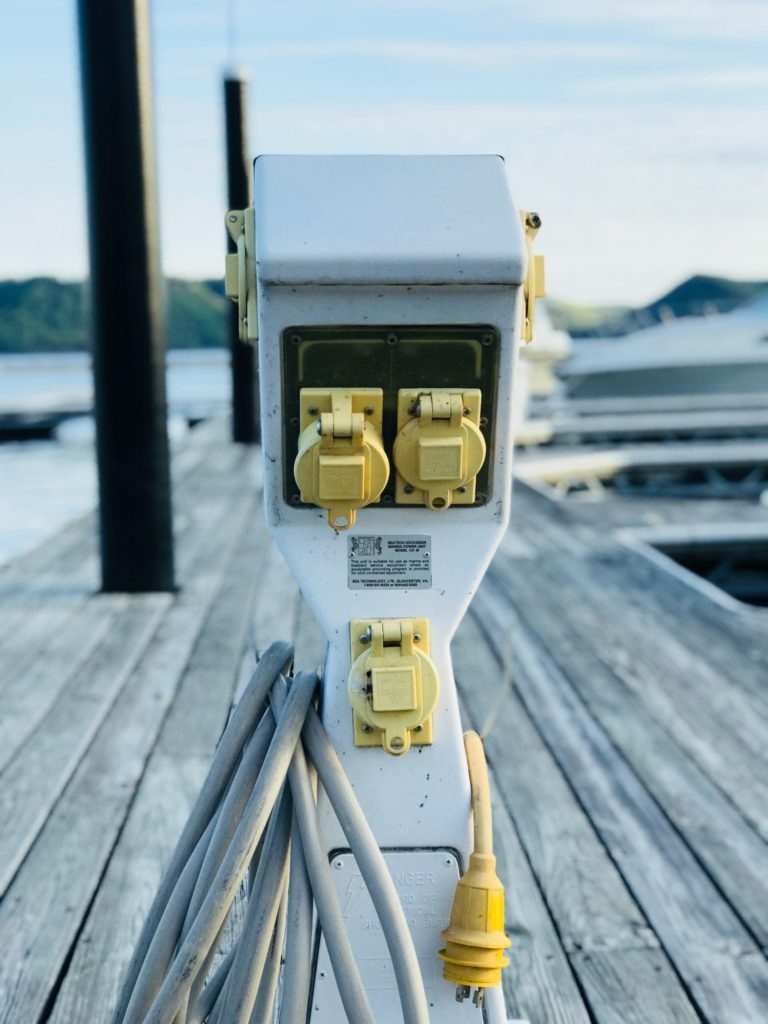
Electrician Prescott Valley AZ
As an electrician, you will work in a range of settings. For instance, you could be working inside a building under construction, or outdoors, on power systems. You could also be in an unhygienic environment, surrounded by live electrical wires. You may work independently on a project, or you might be part of a larger team. Either way, you should be aware of the qualifications of an electrician in your community, and consider their specializations before hiring them.
Electricians Prescott Valley Arizona
An electrician is a person who designs, installs, or repairs electrical systems. They are responsible to ensure that all work is up-to-code and safe. According to the U.S. Bureau of Labor Statistics there were 655 840 electricians in the U.S. as of May 2018. An assortment of diagrams and testing devices are used by electricians to diagnose electrical problems. To test circuits and wires, electricians must also follow safety codes as set forth in the National Electrical Code.
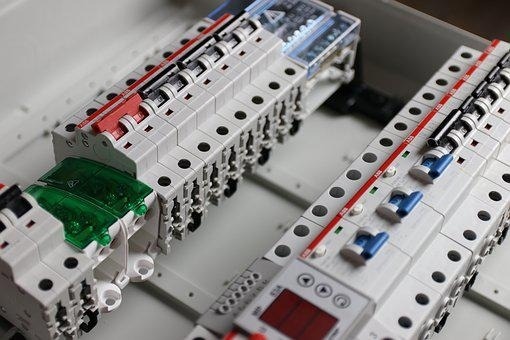
About Phoenix AZ
Phoenix, Arizona
|
Phoenix, Arizona
|
|
|---|---|
| City of Phoenix | |
|
Clockwise, from the top: Downtown Phoenix, St. Mary's Basilica, Rosson House, Mystery Castle, Camelback Mountain, Arizona State Capitol, Arizona Science Center, Chase Tower, and the Papago Park
|
|
|
|
|
| Nickname(s):
"Valley of the Sun", "The Valley"
|
|

Interactive map of Phoenix
|
|
Coordinates:  33°26′54″N 112°04′26″WCoordinates: 33°26′54″N 112°04′26″WCoordinates:  33°26′54″N 112°04′26″W 33°26′54″N 112°04′26″W |
|
| Country | United States |
| State | Arizona |
| County | Maricopa |
| Settled | 1867 |
| Incorporated | February 25, 1881 |
| Founded by | Jack Swilling |
| Named for | Phoenix, mythical creature |
| Government | |
| • Type | Council-Manager |
| • Body | Phoenix City Council |
| • Mayor | Kate Gallego (D) |
| Area | |
| • State Capital | 519.28 sq mi (1,344.94 km2) |
| • Land | 518.27 sq mi (1,342.30 km2) |
| • Water | 1.02 sq mi (2.63 km2) |
| Elevation | 1,086 ft (331 m) |
| Population
(2020)
|
|
| • State Capital | 1,608,139 |
| • Estimate
(2021)[3]
|
1,624,569 |
| • Rank | 5th in the United States 1st in Arizona |
| • Density | 3,102.92/sq mi (1,198.04/km2) |
| • Metro | 4,845,832 (11th) |
| Demonym | Phoenician |
| Time zone | UTC−07:00 (MST (no DST)) |
| ZIP Codes |
85001–85099
|
| Area codes | |
| FIPS code | 04-55000 |
| GNIS ID(s) | 44784, 2411414 |
| Major airport | Phoenix Sky Harbor International Airport |
| Secondary Airports | Deer Valley Airport Phoenix–Mesa Gateway Airport |
| Interstates | |
| U.S. Highways | |
| State Routes | |
| Public transportation | Valley Metro |
| Website | www |
Phoenix (/ˈfiːnɪks/ FEE-niks; Navajo: Hoozdo; Spanish: Fénix or Fínix,[citation needed] Walapai: Banyà:nyuwá[5]) is the capital and most populous city of the U.S. state of Arizona, with 1,608,139 residents as of 2020.[6] It is the fifth-most populous city in the United States,[7] and one of only two U.S. state capitals with a population of more than one million residents, along with Austin, Texas.[8][9][10]
Phoenix is the anchor of the Phoenix metropolitan area, also known as the Valley of the Sun, which in turn is part of the Salt River Valley. The metropolitan area is the 11th largest by population in the United States, with approximately 4.85 million people as of 2020.[9] Phoenix, the seat of Maricopa County, has the largest area of all cities in Arizona, with an area of 517.9 square miles (1,341 km2), and is also the 11th largest city by area in the United States.[11] It is the largest metropolitan area, both by population and size, of the Arizona Sun Corridor megaregion.
Phoenix was settled in 1867 as an agricultural community near the confluence of the Salt and Gila Rivers and was incorporated as a city in 1881. It became the capital of Arizona Territory in 1889.[12] It is in the northeastern reaches of the Sonoran Desert and has a hot desert climate.[13][14] Despite this, its canal system led to a thriving farming community with the original settlers' crops remaining important parts of the Phoenix economy for decades, such as alfalfa, cotton, citrus, and hay.[15][16] Cotton, cattle, citrus, climate, and copper were known locally as the "Five C's" anchoring Phoenix's economy. These remained the driving forces of the city until after World War II, when high-tech companies began to move into the valley and air conditioning made Phoenix's hot summers more bearable.[17]
The city averaged a four percent annual population growth rate over a 40-year period from the mid-1960s to the mid-2000s.[18] This growth rate slowed during the Great Recession of 2007–09, and has rebounded slowly.[19] Phoenix is the cultural center of the state of Arizona.[20] Phoenix is also majority minority, with 42.6% of its population identifying as Hispanic and 42.5% as "white" in the 2020 census.[21]




